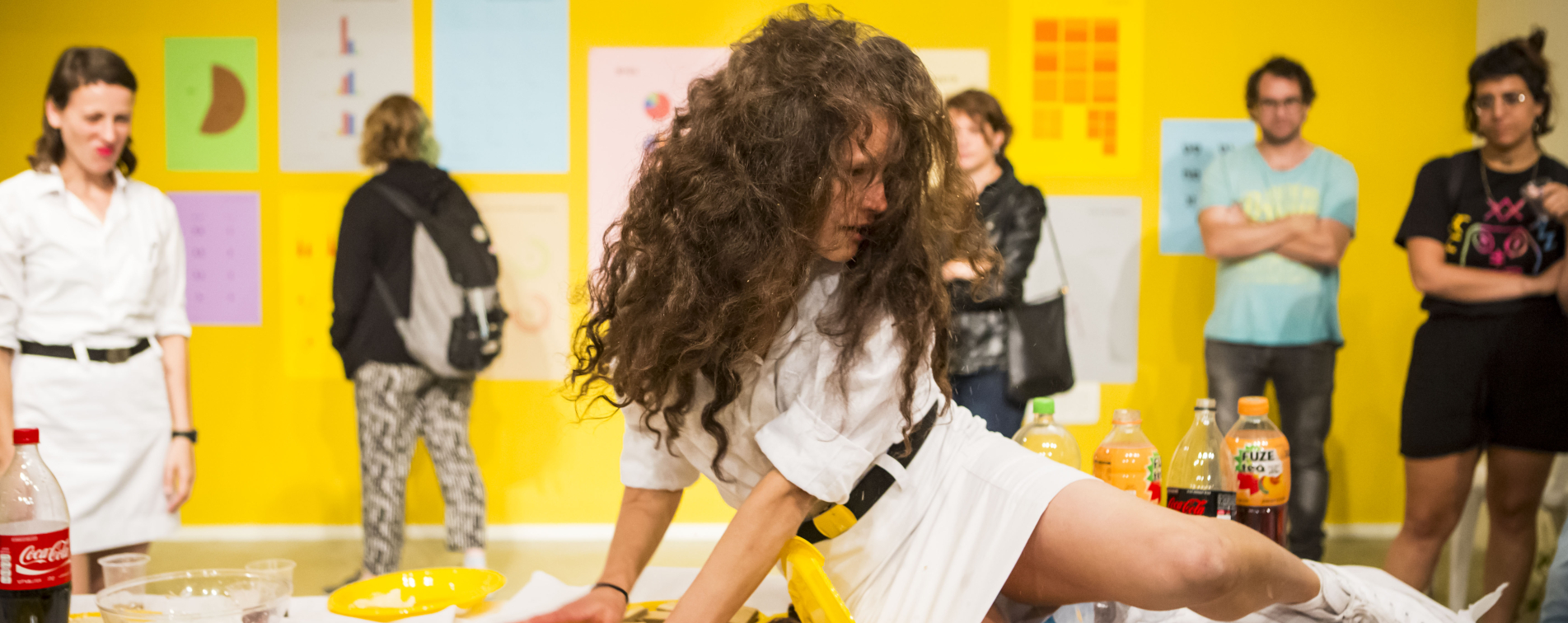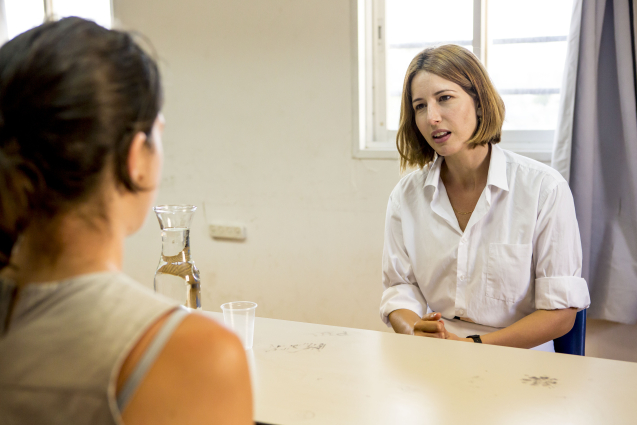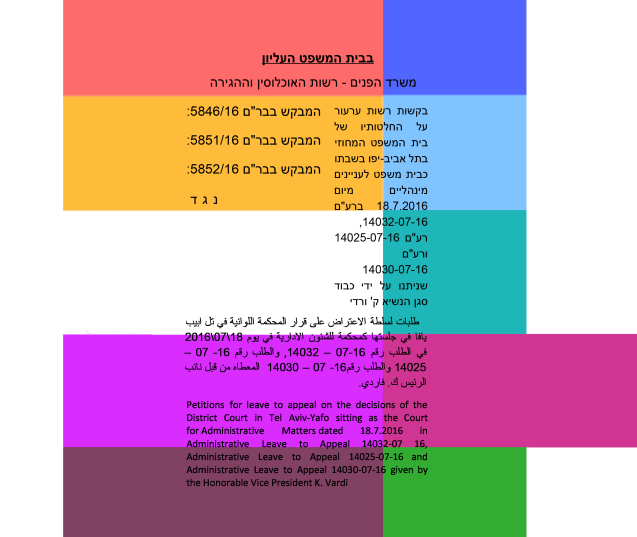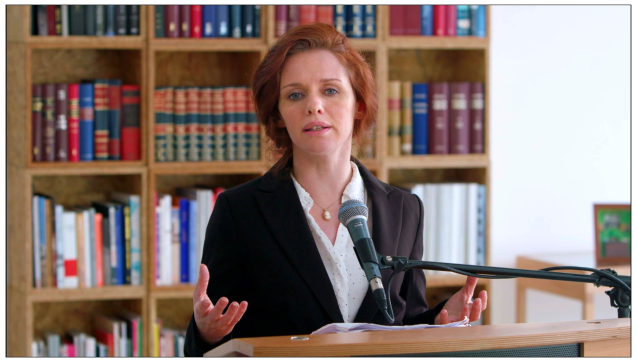The exhibition Motions for the Agenda activates existing and imagined reciprocal relations between art and law. As such, it cultivates a space in which a courageous and unexpected exchange between the two fields can be manifested. This exhibition originates from a series of meetings between jurists, curators, artists and cultural theorists that has been held for the past two years at Artport under the title Towards Legal Imagination.
The premise of these meetings, as well as the exhibition’s, is that the law dictates and affects every aspect of life while remaining imperceivable, elusive and altogether unfathomable. The power of the law is derived from its all-embracing ubiquity, thus making it difficult to penetrate, resist, reshape and see through the law, let alone see beyond it. Based on these complexities, the exhibition is a proposal to explore and to fashion modes of consciousness, thought, action and political-artistic-legal intervention that thrive at the seam between legal and artistic imagination.
Motions for the Agenda is rooted in this area between law and justice, between the impossibility of interpreting justice and the duty to deconstruct, interpret and reconstruct the law. Deconstruction and art converge at this point in the demand to scrutinize and touch the mystical foundation, the legitimate fiction, that underpin the law. Akin to the man from the country, whose character embodies order and tactics, determination and scheming, quiet intervention and long-term tactics — this exhibition looks at the violent and unjustifiable foundation of the law and at the legitimization of the law and the legal system. In this place, which is before the law, with the law, but also outside it, this exhibition aspires to join hands and walk side by side with the man from the country. It proposes itself as a platform and a roadmap for proposals through which art interprets, critiques, and engages the law from within, alongside it, and possibly even beyond it.
This exhibition and the series of meetings that preceded it aspire to found an environment that brings together art and law to advance critical, creative thinking and action that ask not to harm and destroy, but to animate, imagine, transform and broaden the concepts of law, the judiciary and justice.
Read more





